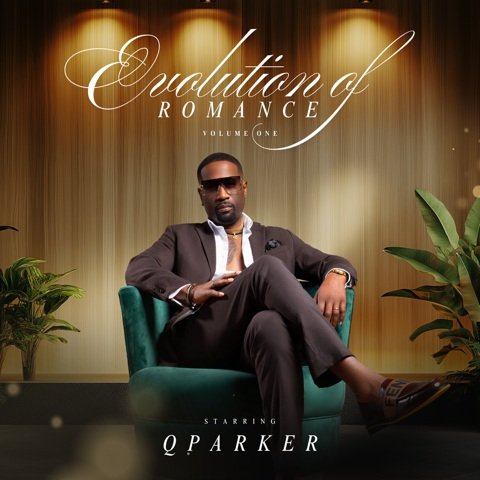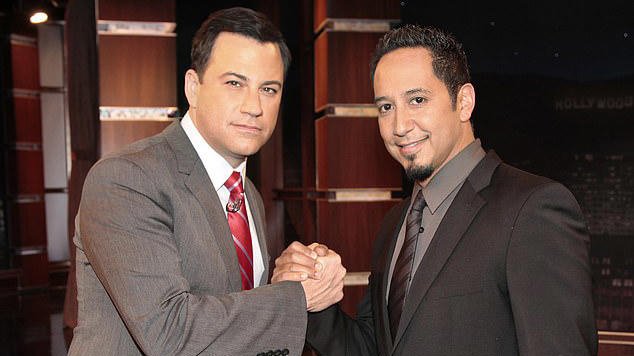When the government turned its back on hungry families, Black farmers stepped up. Not only that, but celebs like SZA are also working to feed families after the abrupt pause in federal food aid that millions rely on to eat. According to Capital B News, Black owned farms like Deep Roots CPS Farm in Charlotte, North Carolina, have been giving away free produce and doubling food credits while the Supplemental Nutrition Assistance Program remains caught in federal gridlock. Capital B News reports that the funding freeze, triggered by the October 1 government shutdown, left about one in eight Americans uncertain when or if their benefits would arrive. SNAP serves roughly 41 million people nationwide, many of them Black families, single parents, and seniors on fixed incomes. Capital B reports that a court ruling briefly ordered the administration to use contingency funds, but partial payments covering only 65 percent of benefits were released. In Capital B, the Center for American Progress, that shortfall jeopardized not just households but also the small retailers, corner stores, and markets that depend on SNAP redemptions to stay open. “We have always been rooted in the community,” said Cherie Jzar, who runs Deep Roots CPS Farm with her family. “We will never stop doing that, no matter if SNAP is paused or continues to go on.” Her words echo far beyond Charlotte’s Historic West End. According to Capital B News, in Oakland, Mississippi, a Black owned nonprofit grocer is boxing and delivering food to elders and children who have gone weeks without aid. Across the country, grassroots organizers are making sure no one goes hungry while the nation’s wealthiest lawmakers debate budgets. In Capital B, Jzar and her family are offering free produce to seniors hit hardest by the funding freeze. “The ones that are most vulnerable are our seniors who are on fixed incomes,” Jzar said. “They don’t have the means to adjust their budgets because of high food prices at times. And so what do we just do? Turn our backs to them?” Programs like Double Up Bucks, operated through the Charlotte Mecklenburg Food Policy Council, are stretching dollars further. According to Capital B, shoppers using EBT cards can double their spending power at local farmers markets, spend forty dollars, get forty more, keeping the community fed and local growers paid. Capital B News adds that members of the Congressional Black Caucus condemned the administration’s partial payments, calling them “reckless and illegal inaction” that “simply isn’t sufficient to keep food on the tables of American families.” SZA, Tyler Perry & Keith Lee Work To Feed Families In addition to the farmers, several celebs are stepping in to make sure families don’t go hungry, including SZA, Keith Lee, and Tyler Perry. In Los Angeles, SZA teamed up with beloved restaurant Jon & Vinny’s through her NOT Charity initiative to provide 1,400 free meals to residents relying on SNAP. From November 11–17, the restaurant’s Slauson location will distribute 100 dinners for two each day, offering much-needed relief amid the chaos. Jon & Vinny’s praised SZA for “inspiring all of us to be there for our neighbors,” as the SOS singer continues to use her influence to nourish the community and uplift others. Meanwhile, viral TikTok food critic Keith Lee launched his own nationwide effort to feed families, with some saying he’s “doing more than the President” for the American people. “It’s the holidays coming up… I want brands to comment that are willing to give away meals with me,” Lee told his 17 million followers. “I refuse to take any money. I don’t want money.” Lee, who’s been open about once relying on SNAP to feed his family, received an overwhelming response from the business community. Within days, more than 40 major brands, including DoorDash, Cracker Barrel, Top Golf, and Impossible Foods, along with 60 small businesses, signed on to partner with him. In a follow-up video, he said, “I’m coming to say thank you from the bottom of my heart because I’m honored to be part of this in any capacity,” adding that participating small businesses would be paid for their meals instead of being asked to donate. And in Atlanta, Tyler Perry has pledged nearly $1.5 million to help fill the gap left by stalled federal funding. As previously reported, his donations will support organizations like the Atlanta Community Food Bank, Meals on Wheels Atlanta, Baby2Baby, Caring for Others, All for Lunch, the Ron Clark Academy, and Goodr, which focuses on distributing fresh produce to families in need. The post Self-Sustainability: SZA, Black Farmers & Others Keep Working To SNAP Save The Day When The Feds Won’t appeared first on Bossip.










